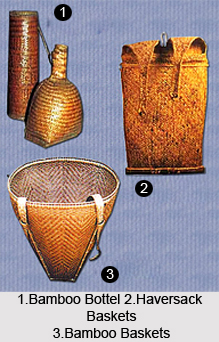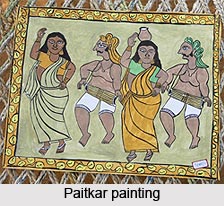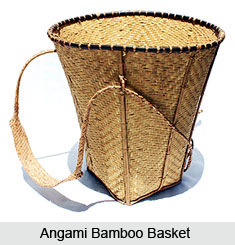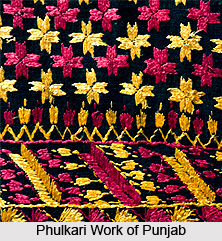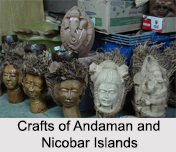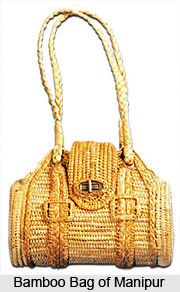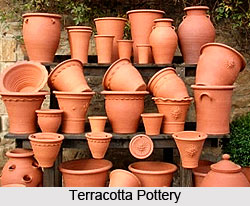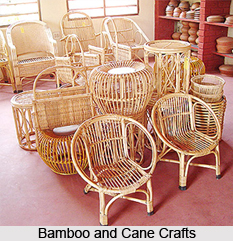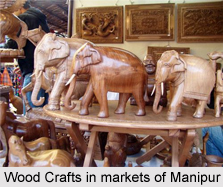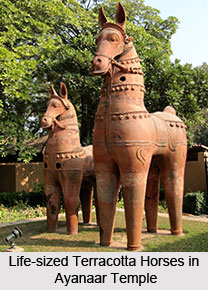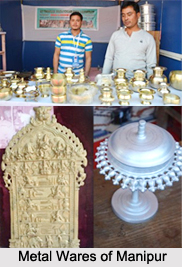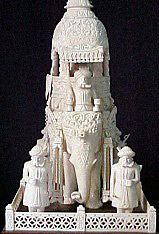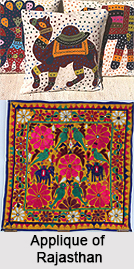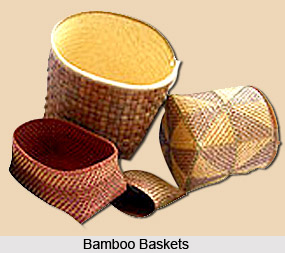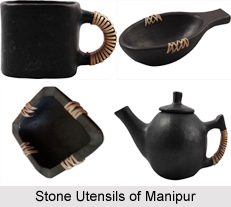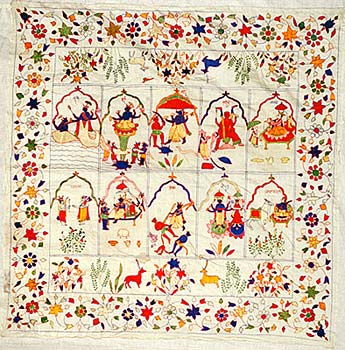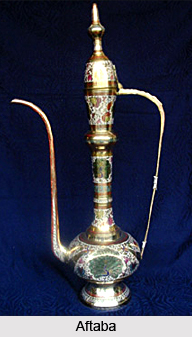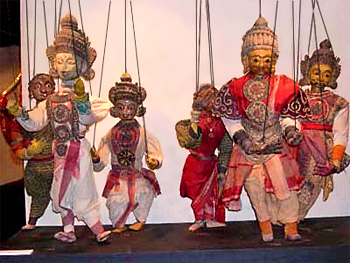 Clay crafts of Maharashtra are concentrated on the edge of Vara where the pottery community lives. The clay crafts in Maharashtra are mainly carried out by women and most of the male members of the community have engaged themselves in factory works. The potters of Maharashtra consider themselves superior to the brick makers which form an important class of the region. In Maharashtra there are many factors affecting the potter`s position in this hierarchy, ranging from geographic (potters living near sacred places gaining respectable position over potters living in socially inferior areas) to technological (the superiority of potters using the wheel to those working with simple tools). The potters of Maharashtra belong to Sudra community.
Clay crafts of Maharashtra are concentrated on the edge of Vara where the pottery community lives. The clay crafts in Maharashtra are mainly carried out by women and most of the male members of the community have engaged themselves in factory works. The potters of Maharashtra consider themselves superior to the brick makers which form an important class of the region. In Maharashtra there are many factors affecting the potter`s position in this hierarchy, ranging from geographic (potters living near sacred places gaining respectable position over potters living in socially inferior areas) to technological (the superiority of potters using the wheel to those working with simple tools). The potters of Maharashtra belong to Sudra community.
The month of February is the production season for the potters of Maharashtra. They make a range of different sized water and grain storage pots for the approaching Shivaratri festival to celebrate the wedding of Lord Shiva and Parvati. In Maharashtra pots are ordered by traders who come and collect them in a truck and resell in various markets. Traditions demand that the renewal of clay food containers to mark each important event in a person`s life should also coincide with religious festivals. Although the porosity of earthenware vessels is ideal for storing and cooking food, they become contaminated through continual use and need to be replaced, the broken sherds returning to the earth from which they were created in a perfect cycle.
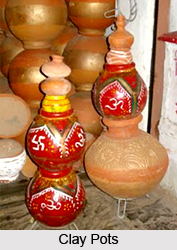 The making season in Maharashtra is October-May; during the monsoon the potters will supplement their lack of income by working for local farmers in the paddy fields. The custom of the region is that before clay preparation begins a puja is done where incense and flowers are offered in the family shrine to ask for a blessing from god. Four parts of clay are mixed with two parts of sieved horse dung and one of sieved ash. In the preparation of clay includes first the sieved ash is spread on the ground, then the clay and sieved dung put into a hollow container set into the ground and mixed with water until the consistency of thin cream. Each area has developed its own techniques for clay preparation depending on the quality of the clay and local materials available.
The making season in Maharashtra is October-May; during the monsoon the potters will supplement their lack of income by working for local farmers in the paddy fields. The custom of the region is that before clay preparation begins a puja is done where incense and flowers are offered in the family shrine to ask for a blessing from god. Four parts of clay are mixed with two parts of sieved horse dung and one of sieved ash. In the preparation of clay includes first the sieved ash is spread on the ground, then the clay and sieved dung put into a hollow container set into the ground and mixed with water until the consistency of thin cream. Each area has developed its own techniques for clay preparation depending on the quality of the clay and local materials available.
In Maharashtra red iron clay is bought from the market and made into a slip (gheru) which is applied with a cloth a few hours before firing. Beans from the arita tree are threaded into several strands resembling a necklace, then dipped into kerosene and rubbed over the surface of the slipped pots to give a burnish. The round-bottomed pots are supported in a hollow in the ground and covered with sacking during the beating stage. The rim is finished in the same way with a wet cloth, but carried out before the beating stages happen.
About the potters of Maharashtra it can be said that most potters are economically disadvantaged and live in debt from the demands of dowries, funeral rites and other ritual expenses, the situation here being no exception.
A major kind of clay crafts of Maharashtra are the containers. The containers are made in batches in a kind of mini-production line. In the production stage several weights and sizes of wooden paddles with a stone anvil are used. The use of all these equipments helps to change the crude cylindrical shape into a refined vessel form. In order to beautify the look of the pot or the container the potter adds a decorative coil at the level of the shoulder; and is incised to form a pattern. Mud stoves are also important types of clay craft in Maharashtra. The mud stoves which are made are either single or double in structure.
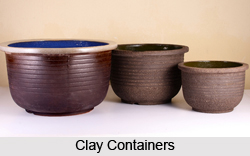 Women in the potter community makes various sizes of water pots plus pots for collecting, fermenting and containing alcohol made from sugar cane, as well as the usual range of ritual pots for death and wedding ceremonies. Pots from the village are sold in a variety of ways; through traders, bartered with tribals for wood and sold directly to locals from the workshop. Twice a year after harvest the potting family hires a bullock cart which is loaded with pots and driven through the villages, exchanging pots for grain.
Women in the potter community makes various sizes of water pots plus pots for collecting, fermenting and containing alcohol made from sugar cane, as well as the usual range of ritual pots for death and wedding ceremonies. Pots from the village are sold in a variety of ways; through traders, bartered with tribals for wood and sold directly to locals from the workshop. Twice a year after harvest the potting family hires a bullock cart which is loaded with pots and driven through the villages, exchanging pots for grain.
Clay crafts in Maharashtra are given a lot of prominence because a number of pujas are associated with it. The pujas which are associated with it are performed by the members of the potter community with utmost dedication.
